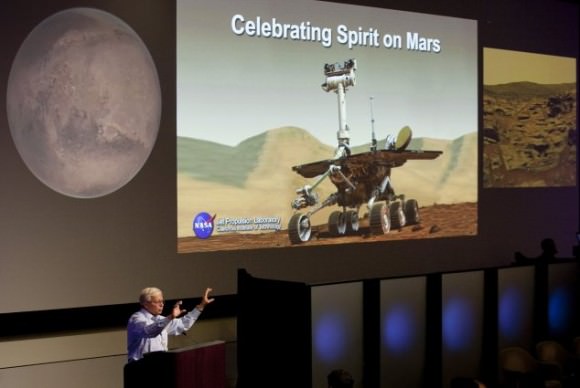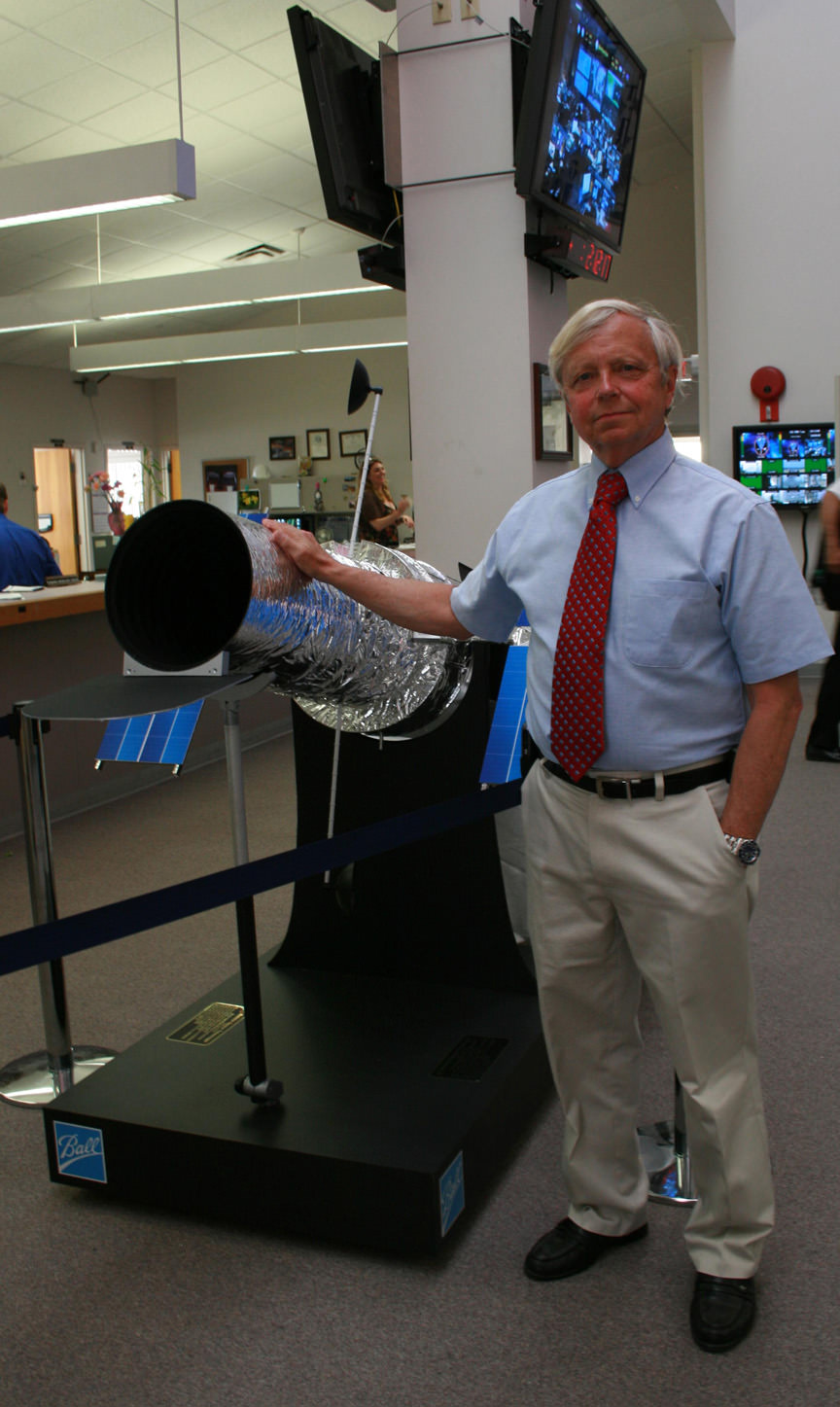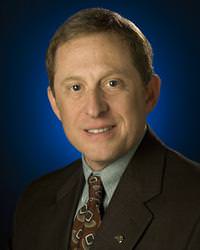[/caption]
Ed Weiler, NASA’s Science leader in charge of the robotic missions that continually produce scientific breakthroughs that amaze all humanity and longtime Chief Scientist on the Hubble Space Telescope that has completely revolutionized our understanding of humanities place in the Universe, retired today (Sept. 30) from NASA after a distinguished career spanning almost 33 years.
Weiler is departing NASA during what has been dubbed the “Year of Space Science”- the best year ever for NASA Space Science research. The two most recent successes are the launch of JUNO to Jupiter and the twin GRAIL probes to the Moon. Blastoff of the Curiosity Mars Science Laboratory rover is slated for late November 2011.
Weiler’s official title is associate administrator of NASA’s Science Mission Directorate (SMD) at agency Headquarters in Washington, DC. In that capacity he was responsible for overseeing NASA’s science and research programs in Earth science, heliophysics, planetary science and astrophysics.
Weiler was appointed to lead SMD in 2008. He holds this position now for the second time after serving in between as Director of NASA Goddard Spaceflight Center in Greenbelt, Maryland from 2004 to 2008. His earlier stint as associate administrator lasted from 1998 to 2004 for what was then called the Space Science Enterprise.

Probably the job he loved best was as Chief Scientist of the Hubble Space Telescope from 1979 to 1998, until he was promoted to the top rung of NASA management.
I was very lucky to meet and chat with Ed Weiler while I was covering the final space shuttle flight – STS-125 – to repair and upgrade Hubble. STS 125 blasted off in May 2009 and accomplished every single objective to catapult Hubble to the apex of its capabilities.
At the recent launch of the twin GRAIL lunar mapping probes, I spoke with Weiler about a wide range of NASA missions. Watch for my upcoming interview with Ed.
Weiler is very hopeful that Hubble will continue to operate for several more years at least.
NASA issued this statement from NASA Administrator Charles Bolden, “Ed leaves an enduring legacy of pride and success that forever will remain a part of NASA’s science history. His leadership helped inspire the public with each new scientific discovery, and enabled NASA to move forward with new capabilities to continue to explore our solar system and beyond.”
The successes under Weiler’s leadership include NASA’s great observatory missions, unprecedented advances in Earth science and extensive exploration of Mars and other planets in our solar system. These advances have rewritten science textbooks and earned enormous support for NASA’s science programs from the general public.
The Mars rovers Spirit and Opportunity are just one example of the science missions approved and funded during Weiler’s tenure.
Weiler’s leadership has been instrumental in securing continued support and funding for NASA Space Science from Congress and the White House. He has received numerous prestigious awards including the NASA Distinguished Service Medal and several Presidential Rank Awards for Meritorious Executive and Distinguished Executive.



